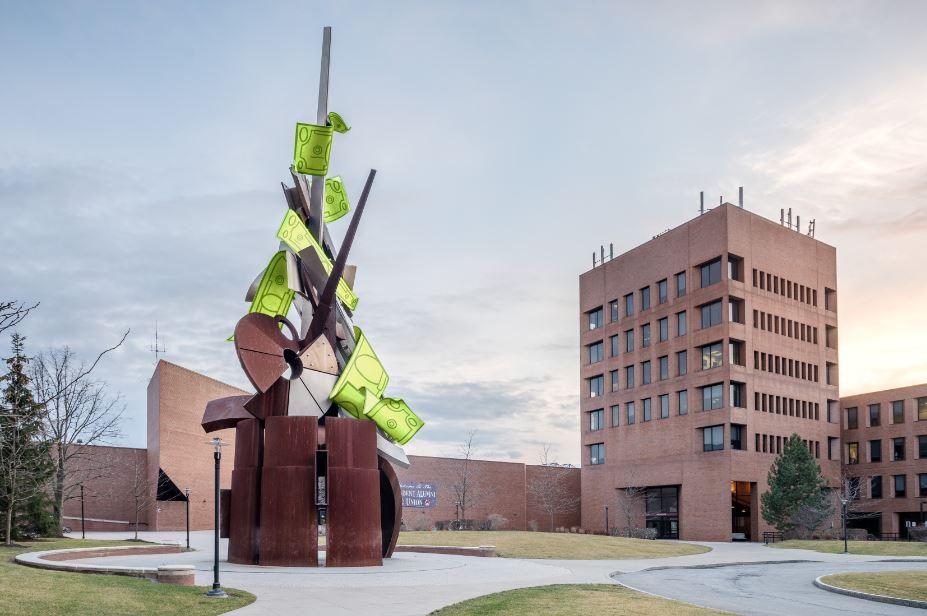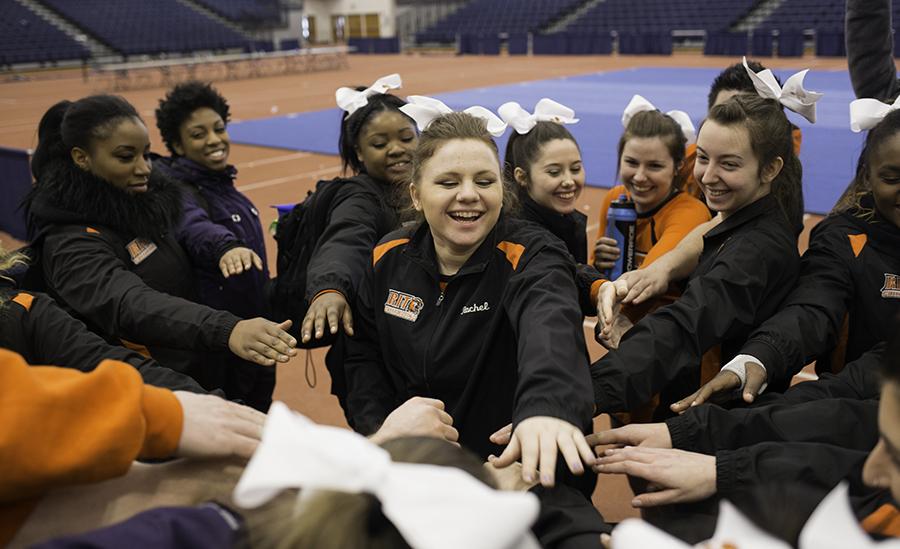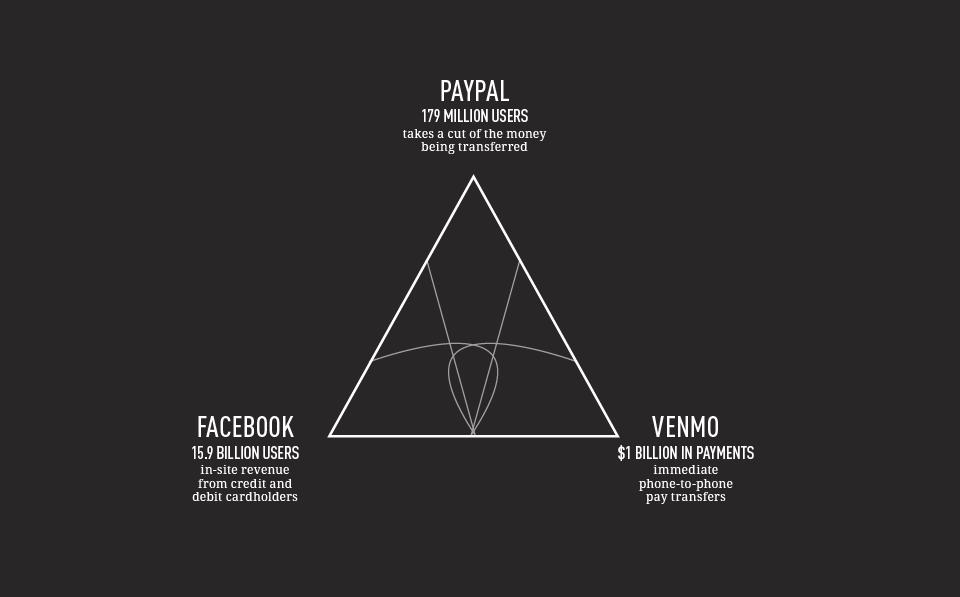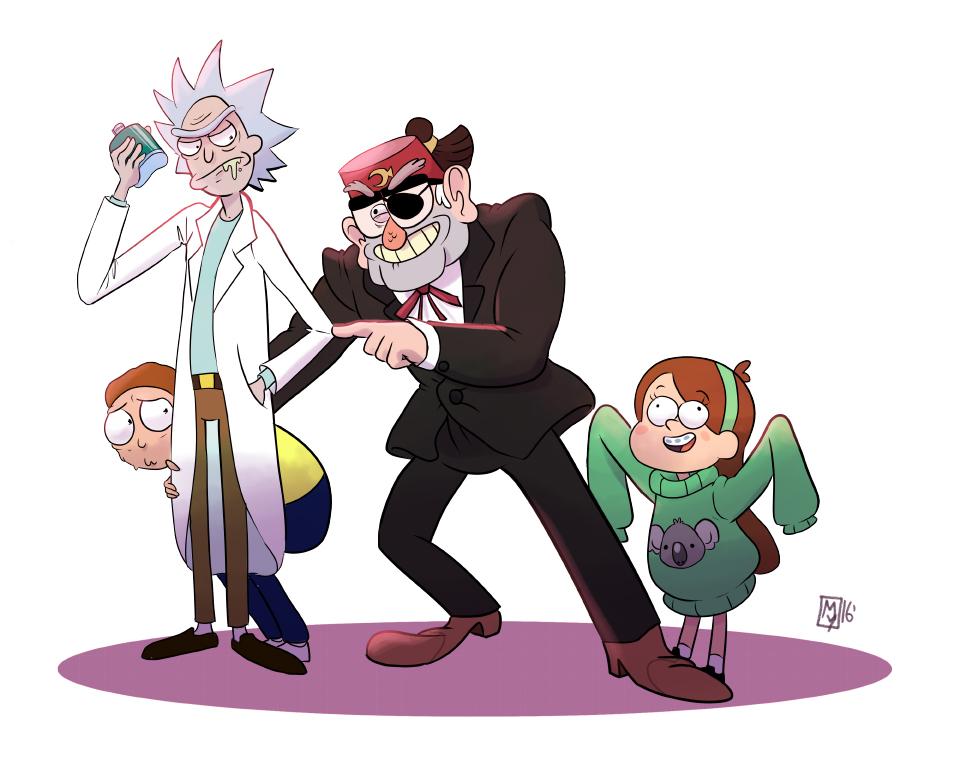“It’s important that people look at rankings with a critical eye,” said Edward Lincoln, Assistant Vice President of Enrollment Management and Career services at RIT. College rankings are a nuanced system that don’t always fully capture the quality of a school.
“Attempts to evaluate the quality of colleges and universities should start with the mission of the institution and evaluate the institution’s success in achieving that mission.”
“Attempts to evaluate the quality of colleges and universities should start with the mission of the institution and evaluate teh institution’s success in achieving that mission,” said President Bill Destler in an article about college evaluations for the Huffington Post.
That is not always how it works, however. Destler argued that forcing dissimilar institutions to conform to the same standard — which often means that private engineering schools rank best — is an inaccurate means of measuring institutional success. Ranking systems often look at alumni salaries as an indication of a good university, to the benefit of engineering schools. Rankings of worst professors, however, also go to engineering schools because of the course difficulty levels. As many RIT students know, engineering isn’t for everybody. To put that into perspective, according to Destler, only 20 percent of RIT graduates are engineers.
“We need a diverse set of higher education institutions to serve our nation’s needs for an educated citizenry,” Destler asserted.
For RIT’s class of 2014, the overall undergraduate outcome rate, which measures job and higher education placement, was 94.1 percent. One of the arguments against these rankings is that engineers will naturally have a higher graduation rate. This may be true for other schools, but the engineers don’t distort RIT’s numbers; RIT’s College of Liberal Arts has a good outcome rate at 91.9 percent, and the College of Imaging Arts and Sciences has a 92.2 percent outcome rate.
“The unfortunate thing is that many of these rankings right now don’t even include that,” Lincoln said about these outcome rates.
There are many factors that can play into how a college ranks and each ranking system works a little differently. Common things that are considered include quality of academics, cost, financial aid, graduation rates, student debt, alumni salaries and job satisfaction.
RIT ranks well in more than just outcomes; it also ranks highly in value.
“Value is much more than just, ‘What’s the tuition rate and how much financial aid does a student get?'”
“Value is much more than just, ‘What’s the tuition rate and how much financial aid does a student get?” Lincoln commented. “I think it means ‘for what I’m paying, am I getting an outstanding experience?'”
Historically, however, RIT has not ranked well in first-year return rates, although that has been on a steady increase, according to Lincoln. Alumni giving, which factors into some ranking services, also suffers.
RIT doesn’t do anything with the explicit intention of raising their ratings. Lincoln believes that good ratings will result from increasing the quality of the school naturally.
“We’re doing it because this is what the university should be doing,” Lincoln added. “Because it’s the right thing at the right time for this university.”
Students looking into colleges can see these ratings, but they tend to matter more toward the beginning of the process. Students will use online sources more while trying to decide where they apply, but rankings only fall at number 12 on factors that influence where a student decides to attend, according to U.S. News.
“Attempts to rank all colleges and universities using a single set of measures work against the diversification of our colleges and universities to meet these needs, and are therefore a disservice to the public,” concluded Destler.
Destler’s dislike for current college ranking systems doesn’t stop RIT from consistently scoring well in them, however. Princeton Review’s book, “Colleges that Pay You Back: 2016 Edition,” featured RIT as one of the 200 best schools that give you the necessary skills to earn a good salary. RIT also ranks number seven among Regional Universities in the North by U.S. News College Compass. There are also light-hearted rankings, like nerdiest college and ugliest campus. RIT ranked number five in nerdiest colleges according to HerCampus, number one in geekiest campuses by ThinkGeek and is ranked among the ugliest campuses. In a ranking of “The Most Technologically Advanced Universities” in the world, RIT ranked number 36.
Ranking systems also have different ways of collecting information. Some send out questionnaires to universities to compile self-reported numbers, others collect information from government and online sources while still others collect information from self-reported alumni.
Publications like “Colleges that Pay You Back” tend to be more comprehensive in their rating systems. Instead of just assigning numbers to schools based on arbitrary categories, this publication looks at a specific aspect of a college and then elaborates. Considerations that they use outside of the financial realm include hours students study outside of classrooms, quality of students that apply, student’s assessment of professors, class size, student-teacher ratio, class discussions and resources.
“RIT has a great focus on what students will do once they leave the classroom, and all professors have experience in the real world,” Princeton Review reported. They also mention that merit- or need-based aid was granted to 77 percent of undergraduates at an average of $18,500. The annual starting salary with bachelor’s degree from RIT is approximately $61,000.
RIT’s many five-year programs can also drag down ratings that take into account how long it takes to receive a degree. According to Lincoln, the majority of ranking systems ask universities to self-report a six-year graduation rate. For most institutions, this is 150 percent of degree time; RIT, however, has many five-year programs, meaning that they tend to under-report 150 percent degree time completion. Nearly two out of three students entering RIT come into a program with co-op requirements that lead to a cumulative five years in university.
Unsurprisingly, ranking systems don’t do justice to the diversity of educational institutions. They all attempt to provide information, but fall short in adequately portraying a school in its entirety. The top two reasons students decide to attend a school are academic reputation and good outcome, two things RIT excels in, as ranking systems “confirm.”







